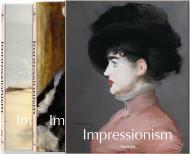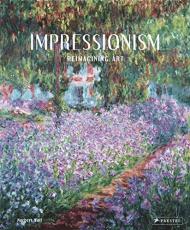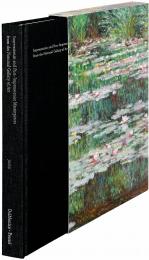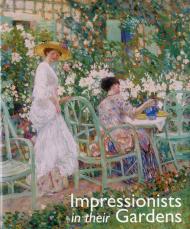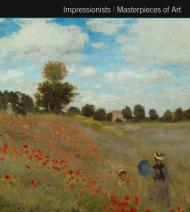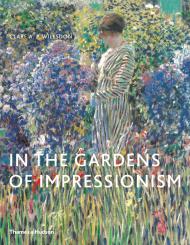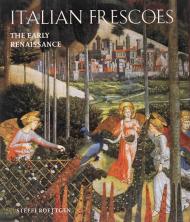Discover how scenes of daily life and delicate dabs of colour shocked the art world establishment.
In this TASCHEN Basic Art introduction to Impressionism, we explore the artists, subjects, and techniques that first brought the easel out of the studio and shifted artistic attention from history, religion, or portraiture to the evanescent ebb and flow of modern life.
As we tour the theaters, bars, and parks of Paris and beyond, we take in the movement’s radical innovations in style and subject, from the principle of plein air painting to the rapid, broken brushwork that allowed the Impressionists to emphasize spontaneity, movement, and the changing qualities of light. We take a close look at their unusual new perspectives and their fresh palette of pure, unblended colours, including many vividly bright shades that brought a whole new level of chromatic intensity to the canvas.
Along the way, we recognize Impressionism’s established greats, such as Edgar Degas, Claude Monet, Berthe Morisot, and Camille Pissarro, as well as many associated artists worthy of closer attention, including Marie Bracquemond, Medardo Rosso, and Fritz von Uhde.
About the series:
Each book in TASCHEN's Basic Genre series features:
- approximately 100 colour illustrations with explanatory captions
- a detailed illustrated introduction plus a timeline of the most important political, cultural and social events that took place during that period
- a selection of the most important works of the epoch, each of which is presented on a 2-page spread with a full-page image and with an interpretation of
the respective work, plus a portrait and brief biography of the artist


